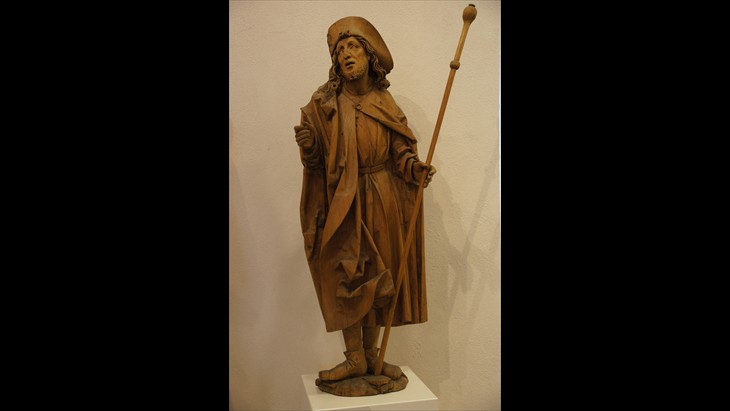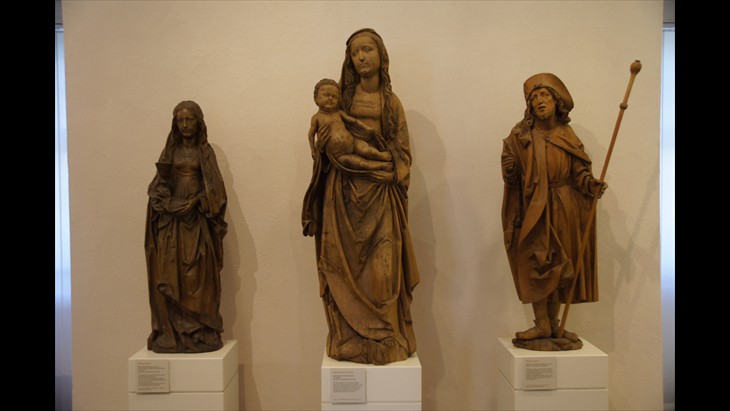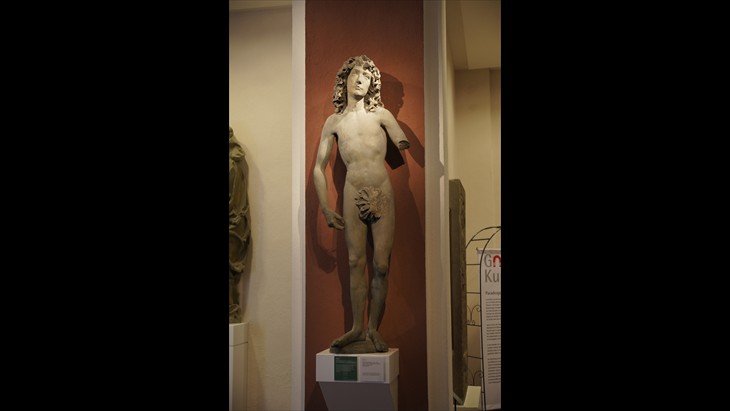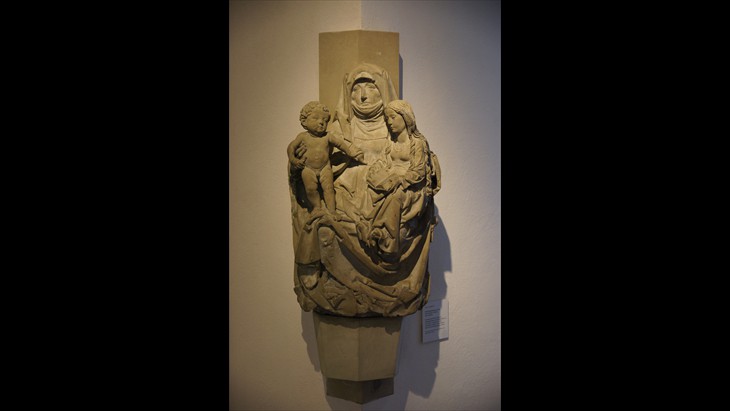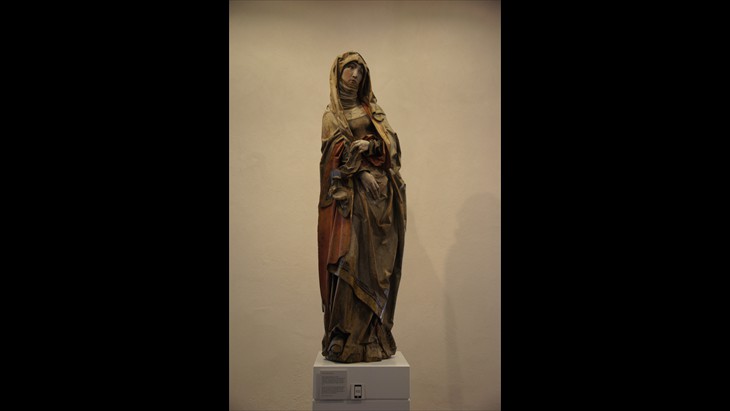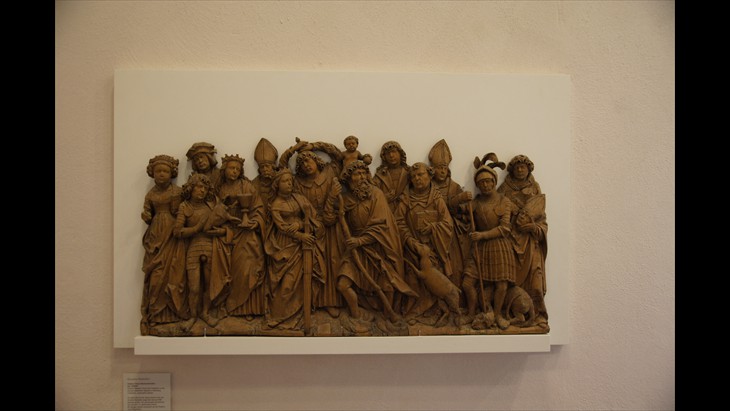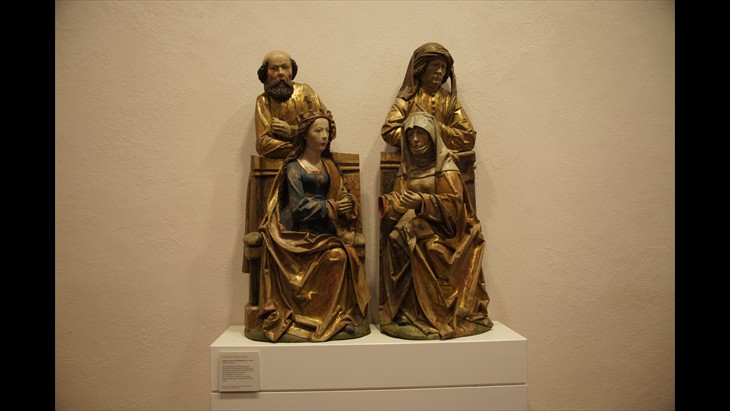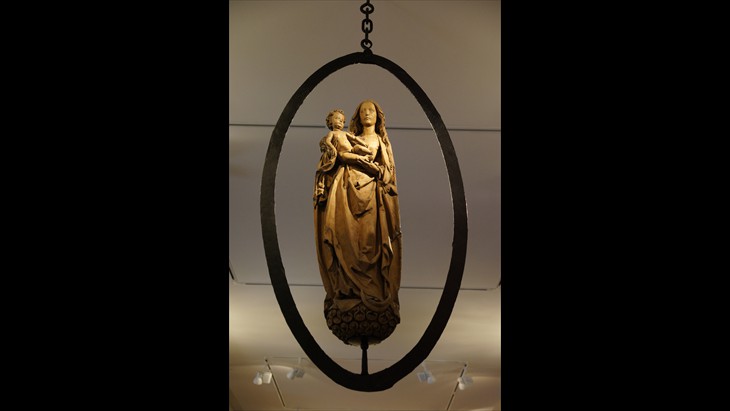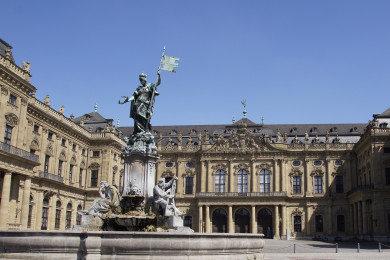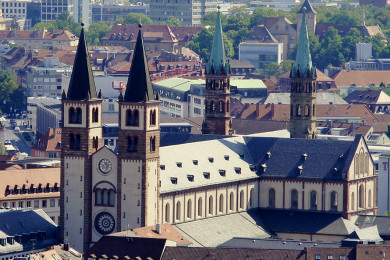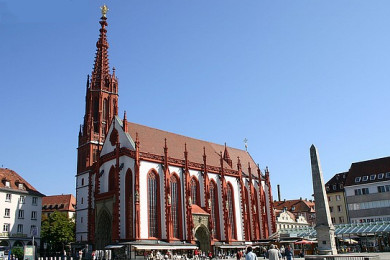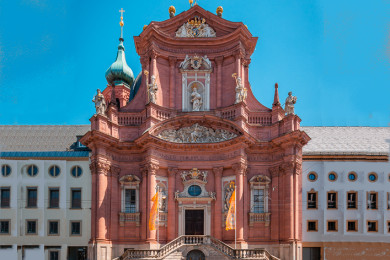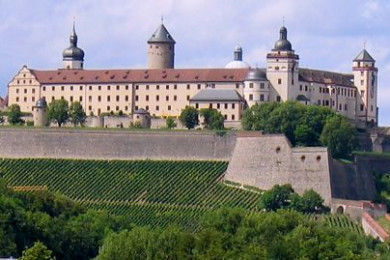The fortress was built on a hilltop on the left side of the Main River about 100 meters above the river.
The oldest part of the complex that still exists today is the round church in the inner courtyard, built around 1000, where the bishops of Würzburg were initially buried, as evidenced by the tombstones. Around 1200, a castle complex with a keep and a deep well was built, the palace of Konrad von Querfurt. From 1253-1719 the fortress Marienburg was the residence of the Würzburg prince-bishops. Reinforced several times in the 14th and 15th centuries, it withstood the mighty onslaught of the insurgents during the Peasants' War in 1525. In the 30-year war, it was conquered by the Swedes in 1631. Not least because of these experiences, Prince-Bishop Johann Philipp von Schönborn (1642 - 1673) had the buildings reinforced with the bastions that still command respect today. In 1945, the fortress almost completely burned down, the reconstruction lasted until 1990.
Pictures from Marienberg Fortress

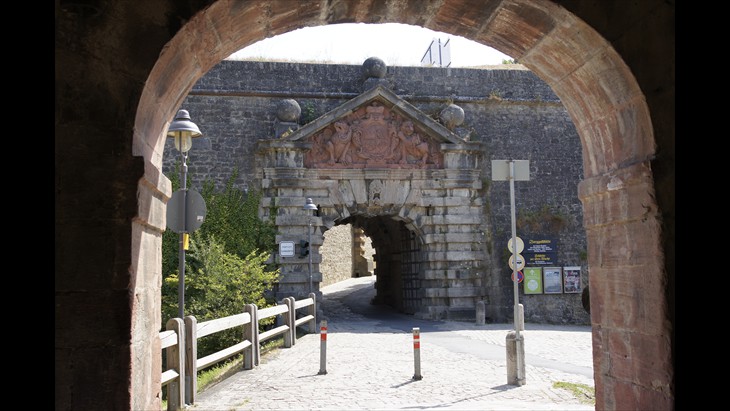
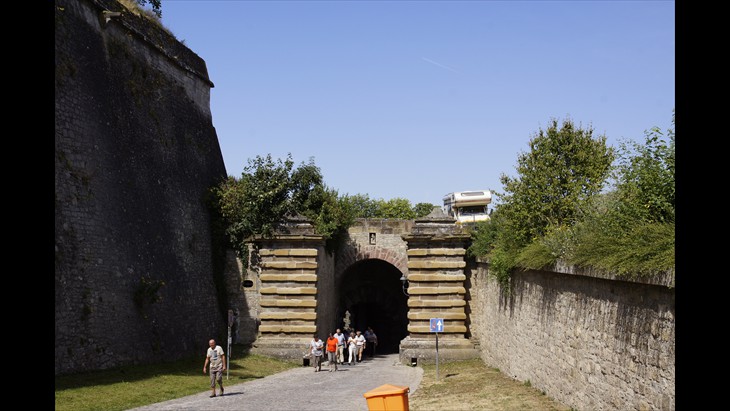 Inner side
Inner side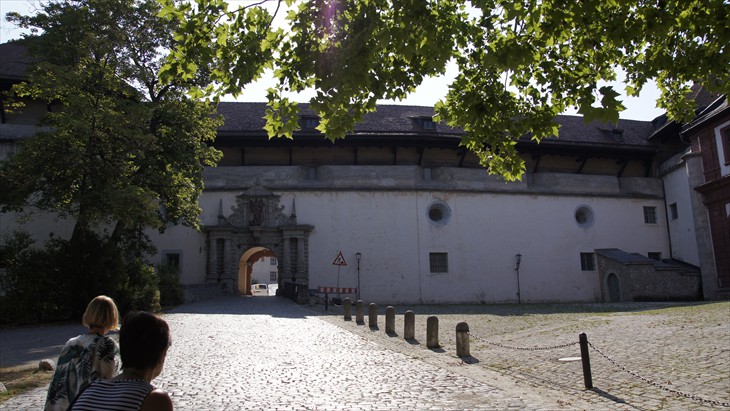
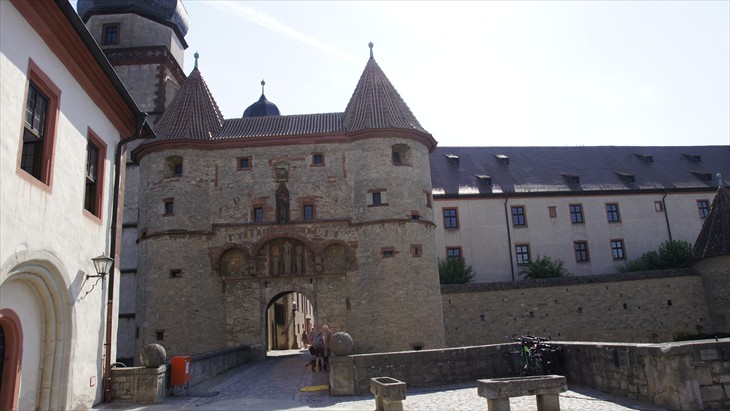 Entrance to the core castle
Entrance to the core castle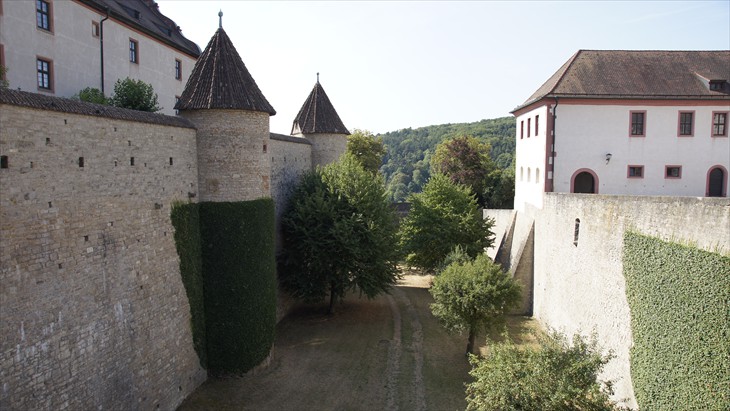
 with Scherenberger gate
with Scherenberger gate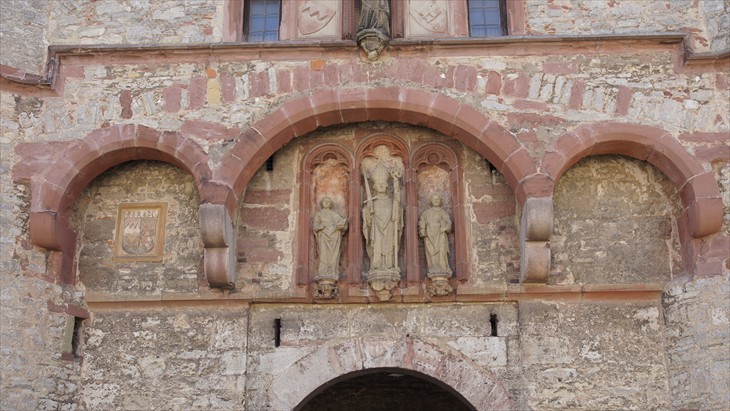 The three Franconian apostles and a Madonna with child (upper figure) protect the entrance to the main castle
The three Franconian apostles and a Madonna with child (upper figure) protect the entrance to the main castle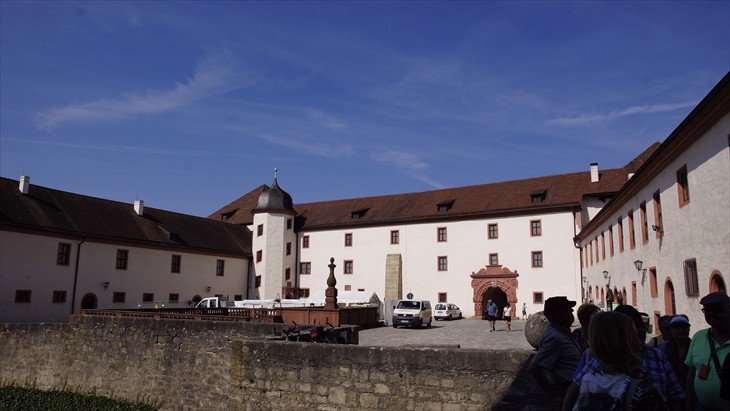 with horse pond in the middle of the yard and the Echter gate
with horse pond in the middle of the yard and the Echter gate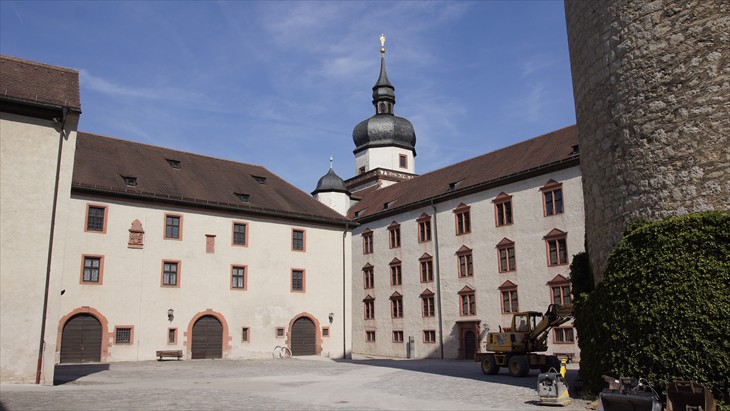 The keep was built around 1200
The keep was built around 1200
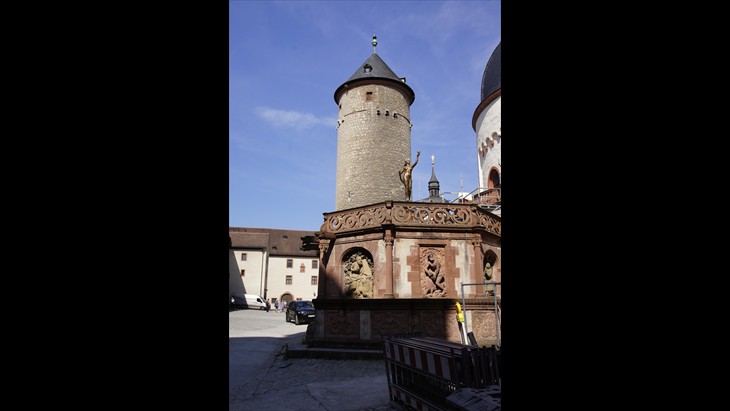
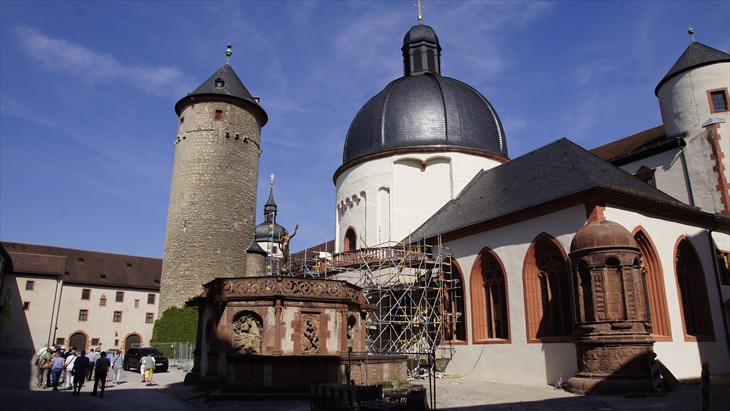 of the Deep Well (about 100 m) and St. Mary's Church (was under renovation in 2018).
of the Deep Well (about 100 m) and St. Mary's Church (was under renovation in 2018).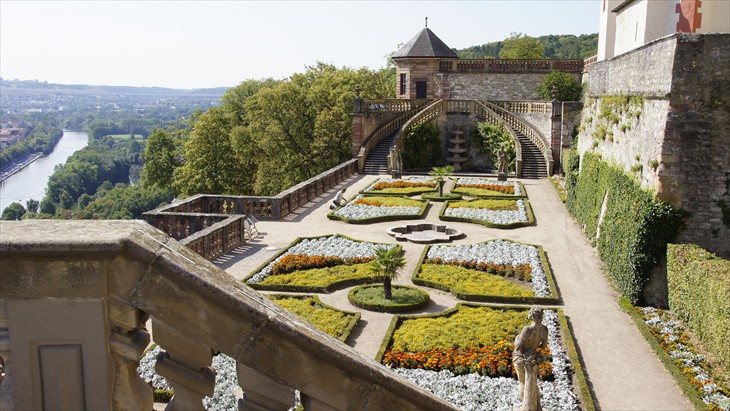

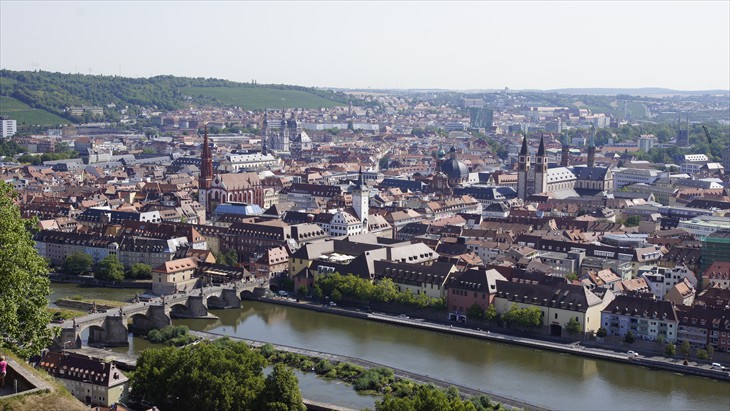 Würzburg on the Main
Würzburg on the Main

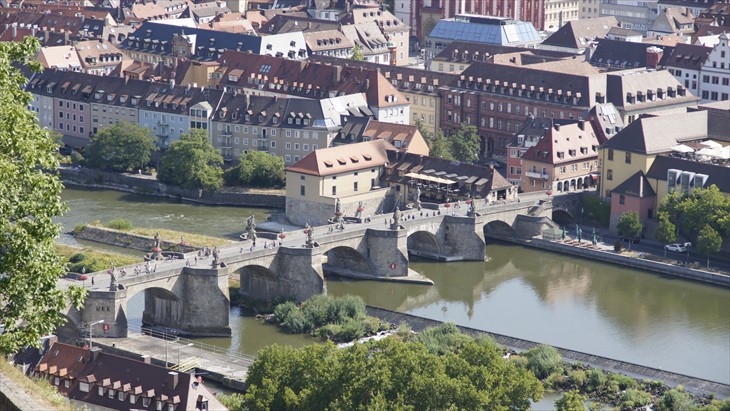 of the old Mainbrigde
of the old Mainbrigde
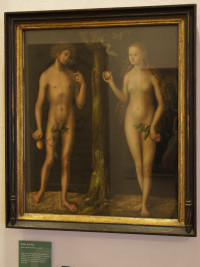
In the fortress Marienberg is the more than 100 years old museum for Franconia with the largest
Riemenschneider collection
of the world belongs to the great art collections of Bavaria.
Lucas Cranach's original painting of Adam and Eve (c. 1513/15) hangs right next to the Riemenschneider original statues of Adam and Eve (1491/1493) from the Marienkapelle Würzburg
Riemenschneider was born in Heiligenstadt around 1460 and died in Würzburg on July 7, 1531.

